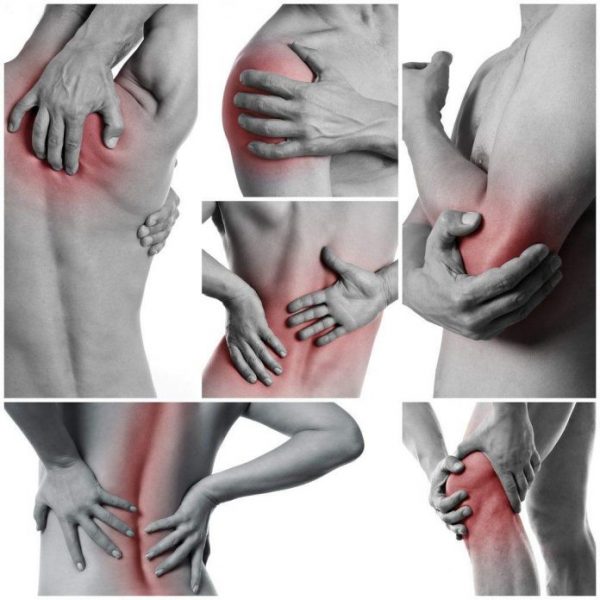Twenty-five years have passed but we’re still the same. The World Health Organization recognized fibromyalgia as a clinical entity that was incorporated into the international classification of diseases but today, patients, because above all, they are women, they can not be understood by their environment, often because of their doctor and most of the day at work.
The alteration or interruption of the structure or function of a part of the body with characteristic symptoms and signs and whose etiology, and prognosis can be known or not, give the conclusion of a diagnosis of fibromyalgia that necessarily condition women’s lives for at least Two decades. The combination of multiple genetic, epigenetic factors that condition the pain alterations, stress and all the symptoms that it presents leads to a deterioration of the person emotionally due to its lack of credibility when it is presented from one day to the next.
Fibromyalgia presents a painful picture without a known organic etiology characterized by generalized musculoskeletal pain, increased sensitivity to pain, stiffness, fatigue, chronic fatigue, altered sleep, irritable bowel syndrome, depression, and tension headaches among others. This disease that is suffered in 75% by women and only 25% of men, is between 2 and 3% of the population, which suggests that in Spain there are at least one million two hundred thousand people who suffer from it .

From internal medicine to psychiatry, the patient usually feels that she is not understood by the medical community that makes her do different tests and all or almost all of them do not present clinical symptoms. This supposes that since the symptoms are common to many defined pathologies, it is not possible to reach a definitive diagnosis and go to the digestive, heart, lung, and so on. Some doctors who are not rheumatologists do not consider the disease as an entity to be treated since all results are normal.
The anxiety and uncertainty apart from the helplessness on the part of the person who suffers it and is not believed, leads many patients to drop out and throw in the towel for a depressive picture. Changes in lifestyle, lack of motivation to continue, lack of strength added to chronic pain makes overcoming this picture very complicated. This rheumatism of the soft parts of the body that was referred to centuries ago by pain and stiffness in the muscles was always associated with melancholy or sadness.
In this sense, it is necessary to point to several triggering agents that can cause the disease and therefore those acute pains. Not being able or not knowing how to handle complicated situations as well as being living a traumatic situation such as a separation, the loss of a loved one, being unemployed etc, can trigger part of the disease, although there are cases that have debuted after knowing that the patient have rheumatoid arthritis, lupus erythematosus or ankylosing spondylitis.
Once the disease has been proven, the neurobiological alterations suffered by the patients as well as the biochemical brain alterations that have been found in tests have been considered in the same way. With the words, “it hurts everything” patients complain of discomfort, uneasiness, burning, stiffness, generalized pain, tingling, constant tiredness, migraines, irregular menstruation, irritable bowel, chest pain, morning stiffness, cognitive alterations, impaired memory, throbbing, cramps, irritable bladder, among other symptoms.
The expression of the disease on the part of the patients varies according to the age and the personal circumstances since not only it influences what is happening but how it is appreciating it and the incomprehension or not, that feels around it. These pains that are often translated into falsely interpreted data that suggest depression, hysteria or hypochondria, are not always understood by the environment and the pain maintained over the months can trigger psychic pictures of complex approach that leads inexorably to work disability Absolute if it is not redirected correctly, the pain is managed and an emotional balance is achieved that helps cope with it.
If you are a woman and feel many pains at the same time, non-specific pains, a chronic fatigue and you are between 35 and 65 years old, go to a rheumatologist to assess everything together and rule out if you have fibromyalgia or a rheumatological disease. Knowing what is happening is the most important in this pathology that takes about three long years to be diagnosed. The disease of incomprehension, no doubt, that many women suffer and nobody believes. It will be a chronic disease but you will have to learn to live with it with the hopeful treatments that are currently being tested.


